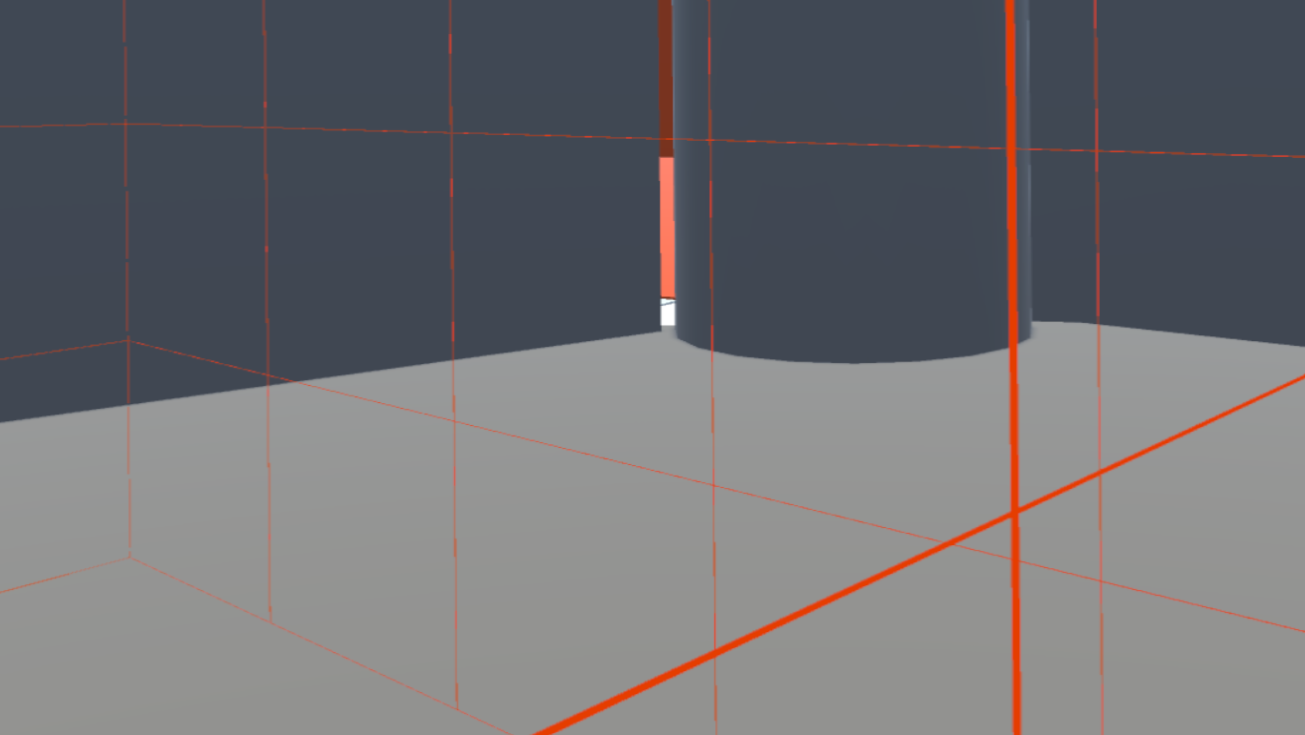This paper examines how details from videos and games are remembered and describes a study which compares the ability to recall visual character details of a character seen in either a game or a video.
This ability is measured by asking participants to perform free recall and recognition tasks directly after experiencing the medium and is repeated one day and one week after that.
This exemplifies how the type of medium influences short and long-term semantic memory.
This exemplifies how the type of medium influences short and long-term semantic memory.
The experiment was conducted as three-part online survey in an independent between subjects design.
Participants were randomly assigned to either the game or the video group.
Participants were randomly assigned to either the game or the video group.
Members of the game group were asked to play a simple game. The player was asked to move their cursor over the images of a character that would appear on the screen. This would happen 15 times, after which the player was informed they had won with a pop-up message and was asked to continue the survey.
Members of the video group saw a recording of this process.
After this, participants continued to a page where they were asked to describe the character they saw in as much detail as possible as the free recall task of the survey.
On the next page the recognition task followed. Participants had to pick the character they saw out of 19 characters.
Members of the video group saw a recording of this process.
After this, participants continued to a page where they were asked to describe the character they saw in as much detail as possible as the free recall task of the survey.
On the next page the recognition task followed. Participants had to pick the character they saw out of 19 characters.
Participants were asked to repeat this process 24 hours and one week after the first survey.
The results show no significant difference in the ability to recall visual character details between both media. Further studies are required to determine if this is due to a fault in the experiment design and which types of memory are influenced similarly by games and videos.



